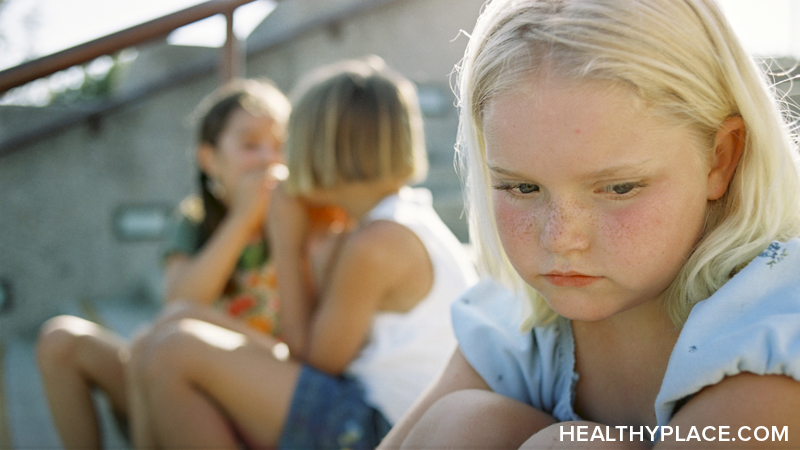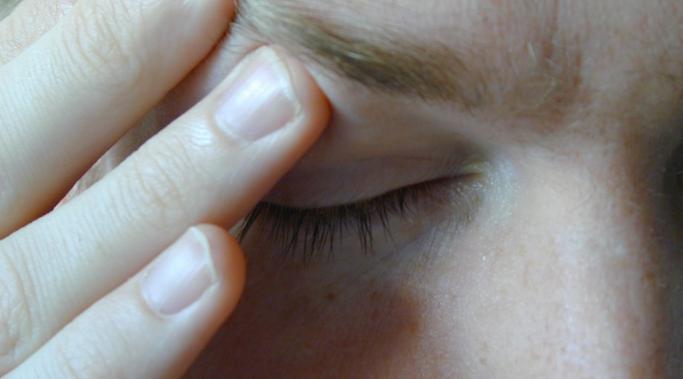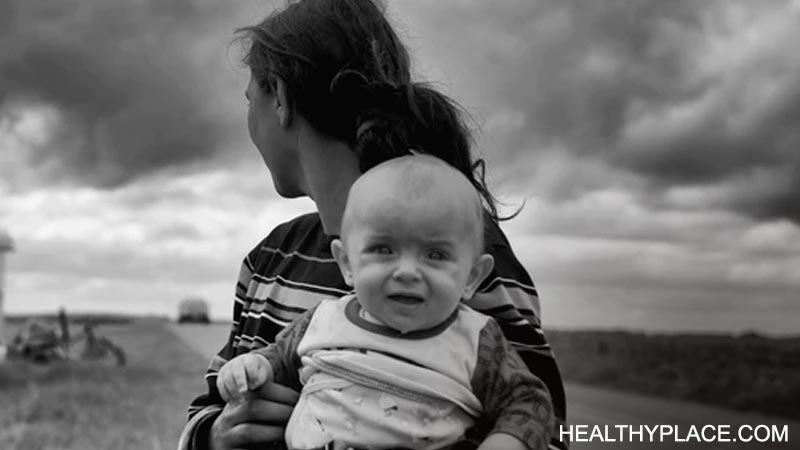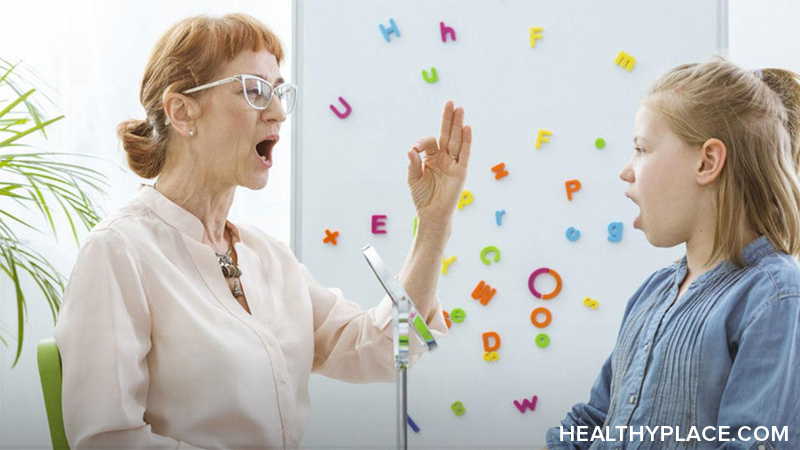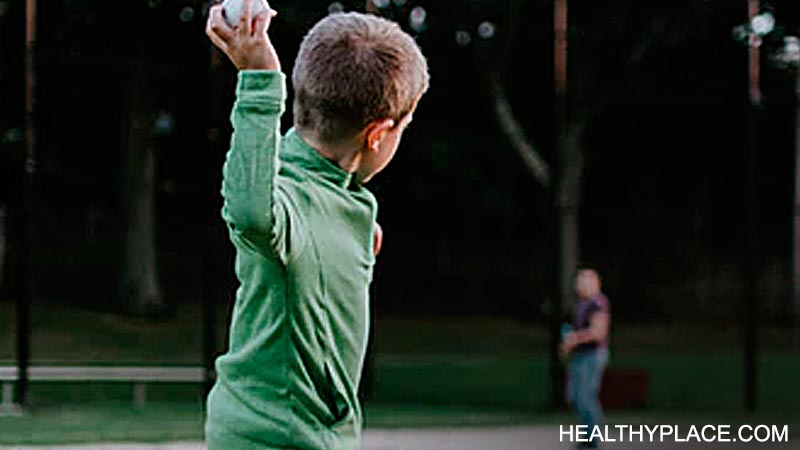What Are Emotional and Behavioral Disorders in Children?
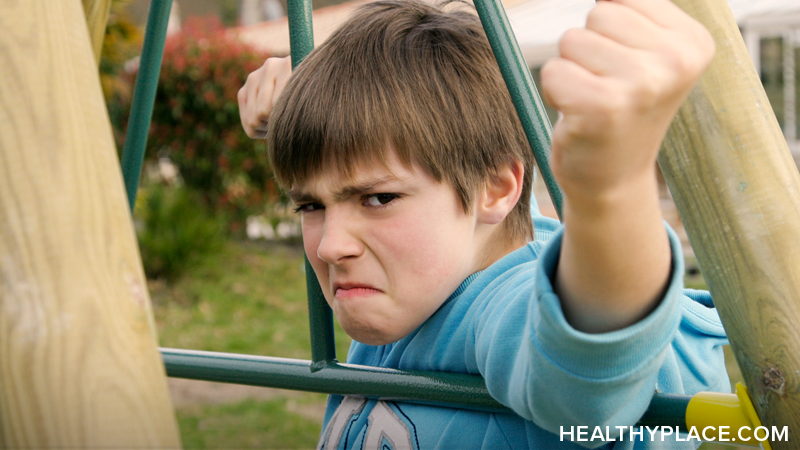
Emotional and behavioral disorders are specific mental health disorders that cause extreme difficulties with both emotions and behaviors. They affect a child’s functioning in most or all areas of their life. Emotional and behavioral disorders (E/BD) make it difficult for a child to regulate emotions and make appropriate behavior choices in a wide variety of situations.
An emotional and behavioral disorder negatively impacts a child’s ability to be successful in school, control feelings and actions, and generally be happy in life. These disorders affect the whole child— feelings, behaviors, social development, and cognitive functioning. Children living with an E/BD have a hard time coping with life’s numerous demands.
Emotional and Behavioral Disorders Definition
A definition of emotional and behavioral disorders in children includes these elements:
- A pattern of disruptive behaviors and emotions
- Intense and often prolonged emotions and behaviors
- Inhibited healthy functioning at home, in school, in social situations, and in other settings
- Long duration; the behaviors and emotional disturbances must last six months or longer
A word of caution is in order: Most, if not all, children exhibit strong emotions and disruptive behaviors occasionally. That’s normal and part of their developmental stages (such as tantrums in young children). Typical challenging behaviors and negative emotional reactions don’t indicate an emotional and behavioral disorder, but when they’re severe, frequent, and last beyond a certain age (such as tantrums beyond early childhood) there might be a deeper issue.
What, exactly, might that deeper issue be? Several different disorders fall under the E/BD umbrella.
Types of Emotional and Behavioral Disorders
The following disorders can occur in children over the age of five. While signs can be present before age five, a diagnosis is almost never made in very young children. Even in older children, these diagnoses are made only with extreme caution, as there is controversy around the notion of labeling children.
Children can be diagnosed with the following types of emotional and behavioral disorders:
- Anxiety disorders
- Bipolar disorder
- Psychotic disorders
- Obsessive-compulsive disorder
- Attention-deficit/hyperactivity disorder*
- Oppositional-defiant disorder
- Conduct disorder
(*note: Some mental health professionals and groups include ADHD among emotional and behavior disorders, while others do not but do list and recognize some symptoms of ADHD as part of behavioral disorders.)
Together, these disorders of behavior and emotions have distinct characteristics that set them apart from “typical” childhood misbehavior.
Characteristics of Emotional and Behavioral Disorders
Children with E/BD have distinct traits that set their emotions and behaviors apart from other, less extreme actions or feelings. These characteristics of the emotional and behavioral disorder can include:
- Impulsiveness
- Short attention span
- Aggression, such as acting out or fighting
- Defiance, refusal to follow rules
- Disrespect for authority
- Arguing
- Difficulty handling frustration
- Blaming others, denying responsibility for actions
- Self-injury
- Withdrawal
- Excessive fear, often in reaction to personal problems
- Immaturity (crying, tantrums, lack of coping skills inappropriate for the age)
- Behaviors that are age-inappropriate
- Learning problems, other problems at school
- Difficulty forming and keeping relationships with other children, teachers, and even family members
- Pervasive unhappy and/or angry mood
Parenting, teaching, or otherwise caring for a child with emotional and behavioral disorders is challenging and exhausting ("Parenting Is Hard! How to Conquer Burnout and Exhaustion"). Knowing that your child’s taxing behavior and general intensity isn’t personal can help you put it in perspective. Emotional and behavioral disorders are psychiatric illnesses, which means they affect the brain and how it functions. These kids aren’t trying to be difficult (conduct disorder may be an exception). They need help and support so they experience life more positively and, by default, so others in their lives can experience life more positively, too.
Professional mental health help is essential for these children. To help with school success, many kids with emotional and behavioral disorders qualify for special education services. In addition to these professional supports, the more you as a parent or caregiver understand about emotional and behavioral disorders and the types and characteristics, the better able you’ll be to understand your child and help them get through times of strong emotions and undesirable behaviors.
APA Reference
Peterson, T.
(2022, January 11). What Are Emotional and Behavioral Disorders in Children?, HealthyPlace. Retrieved
on 2025, November 10 from https://www.healthyplace.com/parenting/behavior-disorders/what-are-emotional-and-behavioral-disorders-in-children
